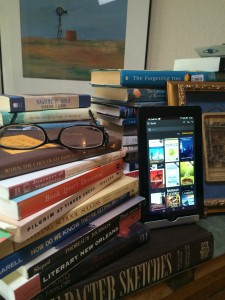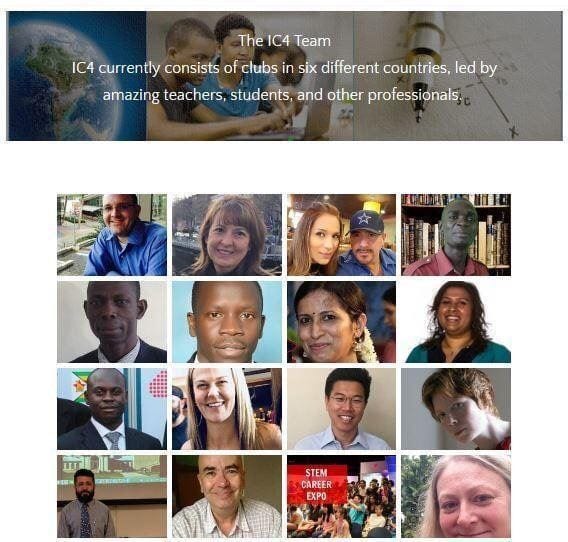Participatory Spontaneity – Key Words
When observed, the engagement concept of Participatory Spontaneity resonates with the following key words:
The key that is the central concept for me is one I learned about over 30 years ago while in undergraduate courses. My professor, Dr. Chantrey Fritts, emphasized the importance of Collegiality in teaching and learning. Collegiality is relational.
Collegiality is the relationship between colleagues (Link). Colleagues are those explicitly united in a common purpose and respecting each other’s abilities to work toward that purpose (Link).
Because of new media opportunities, our audience of colleagues grows beyond borders.
Additional Posts on Participatory Spontaneity











